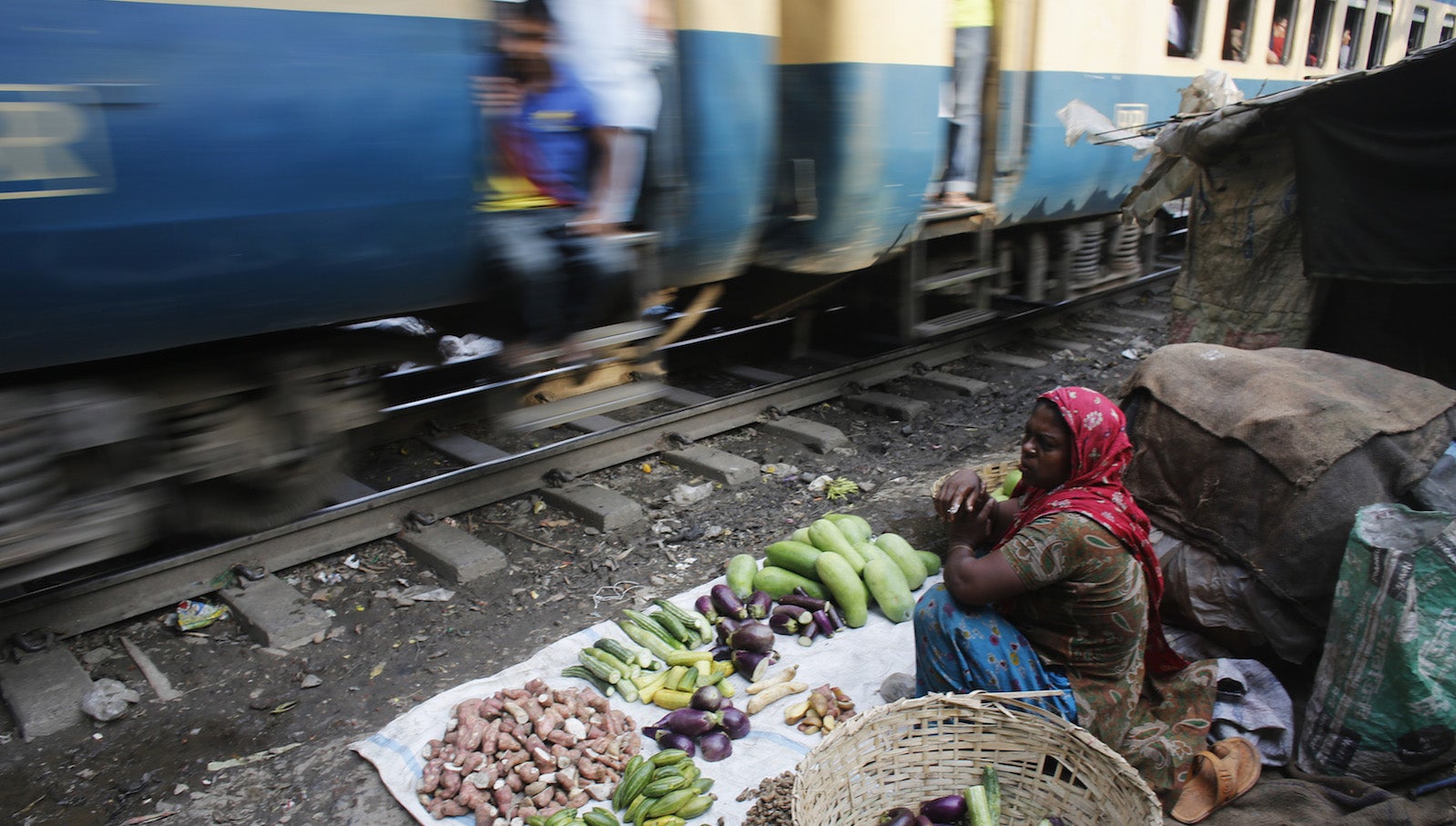KFC on the Indian Railways might kill the nostalgia, but it is a necessary step
Last week, the Indian Railway Catering and Tourism Corporation (IRCTC) decided to tie up with KFC to deliver food to passengers on Indian trains.


Last week, the Indian Railway Catering and Tourism Corporation (IRCTC) decided to tie up with KFC to deliver food to passengers on Indian trains.
Quite a few articles describe the move as possibly the biggest bonanza for rail passengers in recent times. And going by the readers’ reactions to these articles, people are excited about the move. But there are many who question the logic of tying up with multinationals that serve downright unhealthy food, especially when Indian chains with slightly less artery-clogging fare exist. Still others bemoan the move as the final nail in the coffin of the “romance” or “uniqueness” of a journey on the Indian Railways.
I definitely didn’t expect to use the words “KFC” and “necessary” in the same sentence. However, as much as I love the railways, the fact still remains that authentic, flavourful food on trains is an exception than the norm today—two notable exceptions being the Mandovi Express from Mumbai to Goa and the Deccan Queen Express from Pune to Mumbai.
More often than not, train food is limited to rotis, watery dal, rubbery paneer, and what is euphemistically labelled as “biryani”– usually boiled rice with a few limp carrots (or a bony piece of chicken, should the non-vegetarian option be ordered). This only if you happen to be lucky enough to find yourself on a train with a pantry car, or one that has a long stop around mealtimes.
While prices for meals at railway canteens and stalls at stations are usually regulated to keep them affordable for the masses, being overcharged for food by the catering staff on moving trains is hardly uncommon, often stretching to over Rs100 ($1.6) for a tasteless meal prepared in extremely unhygienic conditions. The days of delicious, famous food (think railway mutton curry) on trains sadly appear to be a thing of the past; the IRCTC’s food plazas at major stations are possibly the only passable options today.
Why does this problem exist? Three reasons appear evident. First, the massive increase in the number of trains over the past two decades, coupled with the railways’ habit of trying to centralise and control the production of anything railway-related—from locomotives to food to water bottles—greatly overburdened the organisation, making quality control extremely difficult. Second, populist policies by railway ministers between 2004 and 2011 saw prices of food on trains kept stagnant even in the face of great food inflation, forcing railway caterers and contractors to cut corners and quality in food preparation. And third, the significant bureaucratic hurdles in an organisation as mammoth as the Indian Railways have greatly hampered innovation in producing, distributing and providing better food to passengers.
KFC is by no means the first external vendor to start supplying food on trains—Domino’s Pizza has delivered over 350 pizzas to (hopefully satisfied) train travellers since February, and last year the IRCTC tied up with Haldiram’s to provide additional food options to passengers on the Karnataka Express. Even prior to this, several websites—sensing demand—sprung up, allowing passengers to order food from local restaurants and have it delivered to them at the closest station. An improvement indeed, though the quality of restaurants advertised by these websites varied widely enough to make ordering an unpredictable experience.
So, why KFC?
It looks like the railways have finally begun to realise that outsourcing some of the food options available to passengers is a good idea, reducing a part of their workload as well as offering passengers more choice. It looks like a win-win situation, netting the railways some money in licensing fees as well. But the logistics of providing food to railway travellers are complicated, which possibly explains why the IRCTC is trying out such services with large-scale chains that are known for efficient supply-chain management.
For now, the scheme is still in its infancy—you can only ask for KFC to be delivered to your seat if you’re on one of 12 specific trains passing through Delhi—but it is expected to be ramped-up once all the teething troubles are ironed out.
Is this a bad thing? I’d say no—while KFC is unhealthy, its food is definitely prepared in more hygienic conditions than pantry car food. Is it elitist, in that it will benefit only richer passengers? Well, yes, but subsidised railway food isn’t going anywhere—it’s still perfectly possible to get a Rs25 ($0.4) lunch at most railway catering stalls. Un-Indian? Only temporarily. The IRCTC is also in consultation with several Indian chains such as Bikanerwala, Punjabi Grill, Curry Kitchen, Idli.com, Biryani Bhai and Copper Chimney. The KFC experiment could make it easier for these Indian chains to figure out the logistics of railway food delivery.
So don’t think of KFC on trains as the invasion of a multinational, taking the place of traditional, local food—that ship was sadly sinking in any case. Think of it as the precursor to greater competition, and hopefully better food on your next journey.
We welcome your comments at [email protected].